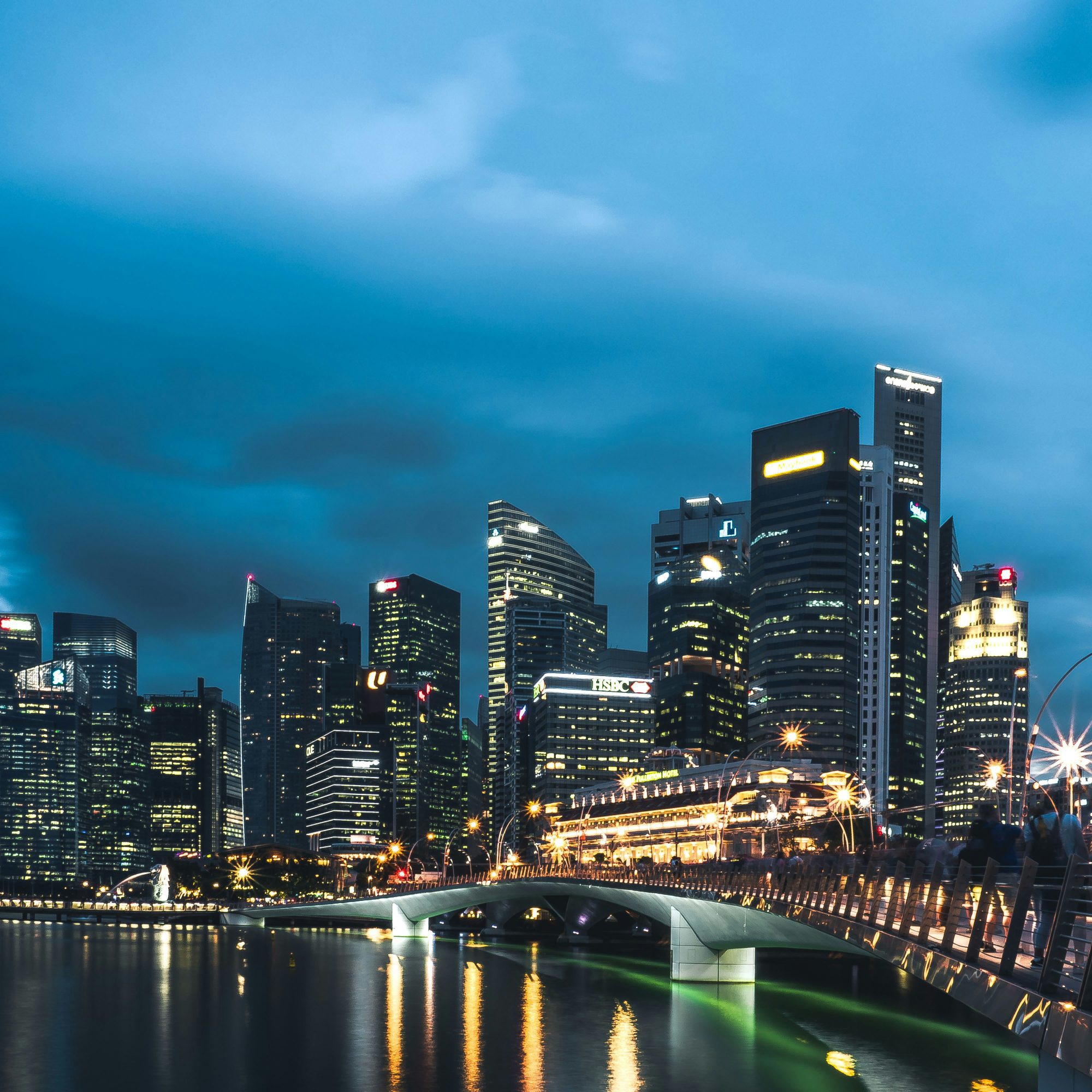Ever wondered how some photographs seem to dance with movement, while others stand still in time? Picture this: a bustling city street, cars whizzing by, their lights blurring into streaks of color. Capturing motion in photography isn’t just about snapping a quick shot; it’s about embracing the flow of movement and transforming it into an art form. This exploration dives into seven inventive techniques to bring dynamic motion to life through the lens.
1. Panning
Panning is a classic yet exhilarating way to preserve the speed and direction of moving subjects. By moving the camera horizontally along with the subject, one can create a sharp focus on a moving object while the background fades into a smooth blur. It’s like watching a high-speed chase in a film, where the focus is locked on the protagonist, and everything else just melts away.
2. Long Exposure
Imagine the soft trails of light left by cars on a highway at night or the silky appearance of a waterfall. Long exposure photography uses a slow shutter speed to capture a sequence of movements in a single image. It’s a dance of light, shadow, and time, where photographers can paint with light and sculpt with shadows.
3. Burst Mode
When action unfolds rapidly, burst mode becomes an essential tool. This technique involves taking several shots per second, ensuring every fragment of motion is captured. It’s particularly useful in sports photography or any fast-paced scene where capturing the peak moment is crucial. It’s like holding time in your hands, selecting the perfect instance in a flurry of activity.
4. Zoom Burst
Zoom burst, or zoom blur, adds a dynamic, almost surreal effect to photographs. By adjusting the zoom during a long exposure, photographers can create a scene where lines of light and color converge towards the center, creating a sensation of movement bursting towards the viewer. It’s like visualizing the rush of adrenaline one feels just before the climax of an adventure.
5. Stopping Motion
Contrary to capturing blur, stopping motion is about freezing a moment as if time itself has paused. High shutter speeds are employed to capture sharp images of objects in rapid motion without any blur. This technique shines in capturing water droplets suspended in air or a bird in mid-flap. The world stops for a moment, and every detail is preserved in pristine clarity.
6. Rear Curtain Sync
Rear curtain sync is a flash technique where the flash fires just before the shutter closes. This method illuminates the subject at the end of the exposure, capturing both their clear, crisp form and the motion trail leading up to them. It’s perfect for creating a photograph where you can both sense the movement and clearly see the subject, like a dancer twirling with a trail of light following their path.
7. Intentional Camera Movement (ICM)
Intentional Camera Movement, or ICM, involves deliberately moving the camera while the shutter is open. This technique can transform a straightforward scene into a painterly abstraction. It’s all about the motion of the camera rather than the subject, creating strokes of color and light that blend into each other, much like brush strokes on a canvas. The results are often unpredictable but can lead to uniquely captivating images that evoke emotions and mysteries.
With these seven techniques, photographers can explore the extensive possibilities of capturing motion in their work, each method offering a different perspective on movement and time. From the adrenaline rush of zoom bursts to the frozen fragments of time in motion stopping, the dynamics of movement can turn a photograph into a story.
The magic of photography lies not just in capturing a moment but in how that moment is conveyed. Motion, whether blurred, frozen, or artistically rendered, tells a story of time, a narrative that is both transient and timeless. As photographers experiment with these techniques, they not only capture the world but also the flow of time itself, each photograph a unique dance between the lens and light.
Why not grab your camera and try one of these techniques today? See how motion can transform not just your images, but also your perspective on the world around you.


0 Comment